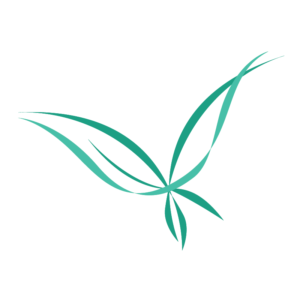
Hair grafts from the donor area are harvested during hair transplant surgery and then transplanted to the desired bald area. Compared to other treatment options for the hair loss problem, hair transplant has long been the most effective solution.
One of the most popular cosmetic procedures used by cosmetic surgeons is hair transplant in Delhi. Additionally, the hair transplant cost in Delhi has already decreased to an extremely low level, drawing tourists from all over the world. Even though there are only a few hair transplant surgeons in Delhi who are highly regarded for producing excellent results, cost is not the only factor driving hair transplant tourism.
The right choice of a skilled and experienced hair transplant surgeon is a crucial requirement for the procedure’s success. The aftercare required by hair transplant procedures is yet another factor that cannot be ignored for a successful procedure.
WHAT IS A HAIR TRANSPLANT?
In order to fill in bald spots or areas with sparse hair on the scalp and in facial regions like the beard, moustache, and eyebrows, hair transplant procedures are very popular hair loss treatment options. The patients choose the elective hair transplant procedures; they are not life-threatening. The process entails taking hair grafts from the donor area and transplanting them to the recipient’s bald area.
The donor area is specifically those parts of the body that have permanent hair roots, which are typically the sides and back of the head or body hairs. For the hair transplant procedure to be successful, your body must have enough hair grafts with a sufficient hair density.
Caring of scalp after hair transplant
The following actions will help you maintain optimal hair growth after a hair transplant:
- Strict adherence to post-operative instructions: Following the hair transplant procedure, the patient will be given a list of instructions that must be strictly followed in order to get the best results. Even though hair transplantation is a risk-free procedure with few side effects, proper aftercare must be followed for at least 10 days to assure the procedure’s success and prevent any complications. For the results to last over the long term, there are a few dos and don’ts that are listed after the procedure.
- PRP therapy: Platelet-rich plasma (PRP) therapy aims to hasten the healing process and promote hair follicle growth. PRP, or platelet-rich plasma, is essentially concentrated platelets that are rich in growth factors and offer cells a rich environment for quicker growth and healing. Nowadays, PRP therapy is more widely used and has gained in popularity as a means of promoting quicker healing. Following a hair transplant, PRP injection therapy is carried out over three appointments spaced 4-6 weeks apart. A maintenance phase is then scheduled once every 4-6 months.
- Hygiene maintenance: Immediately following the hair transplant, the patient is given detailed instructions on how to maintain proper hygiene at the recipient site in order to get the best results. After a day of hair transplant surgery, the patient is scheduled for a professional hair wash, with self-washing following on the fifth day. Following the fifth day, the patient should regularly wash their hair as directed by the surgeon. To keep the recipient area clean, it is essential to apply the prescribed lotion.
To help the newly transplanted follicles integrate, patients are advised to wear loose-fitting hats. To prevent rubbing of the recipient area for a few days, care should be taken when wearing and removing the cap. To maintain proper hygiene, one should avoid swimming, strenuous exercise, and sweat-prone outdoor sports. In addition, it should be strictly forbidden to touch the recipient area for the first few days. Overall, maintaining good hygiene is essential for avoiding illness and achieving the best possible hair growth.
- Diet: The key to living a healthy life is to eat well. After a hair transplant, you need to follow a healthy diet that promotes hair growth in an environment rich in beneficial nutrients. Vitamins C, A, D, Iron, and Zinc are vital nutrients that are best for hair growth and should be included in your diet.
- Massage: Touching the recipient area during the first few days is not advised due to the risk of infection. Patients are advised to gently massage their recipient area after 9–10 days following a hair transplant to remove any scabs or flakes that have formed around the newly implanted hair follicles, as these can impede the growth of underlying follicles. After the first 10 days of hair transplantation, massaging the area will improve blood circulation, which will help the area grow and heal.
Medispa hair transplant clinic not only ensures the best the possible hair transplant results, but also stays by your side throughout the aftercare process. Visit the Medispa hair transplant clinic in Delhi or Jaipur if you have any questions about hair transplant procedures or want a truly remarkable hair transplant experience.


